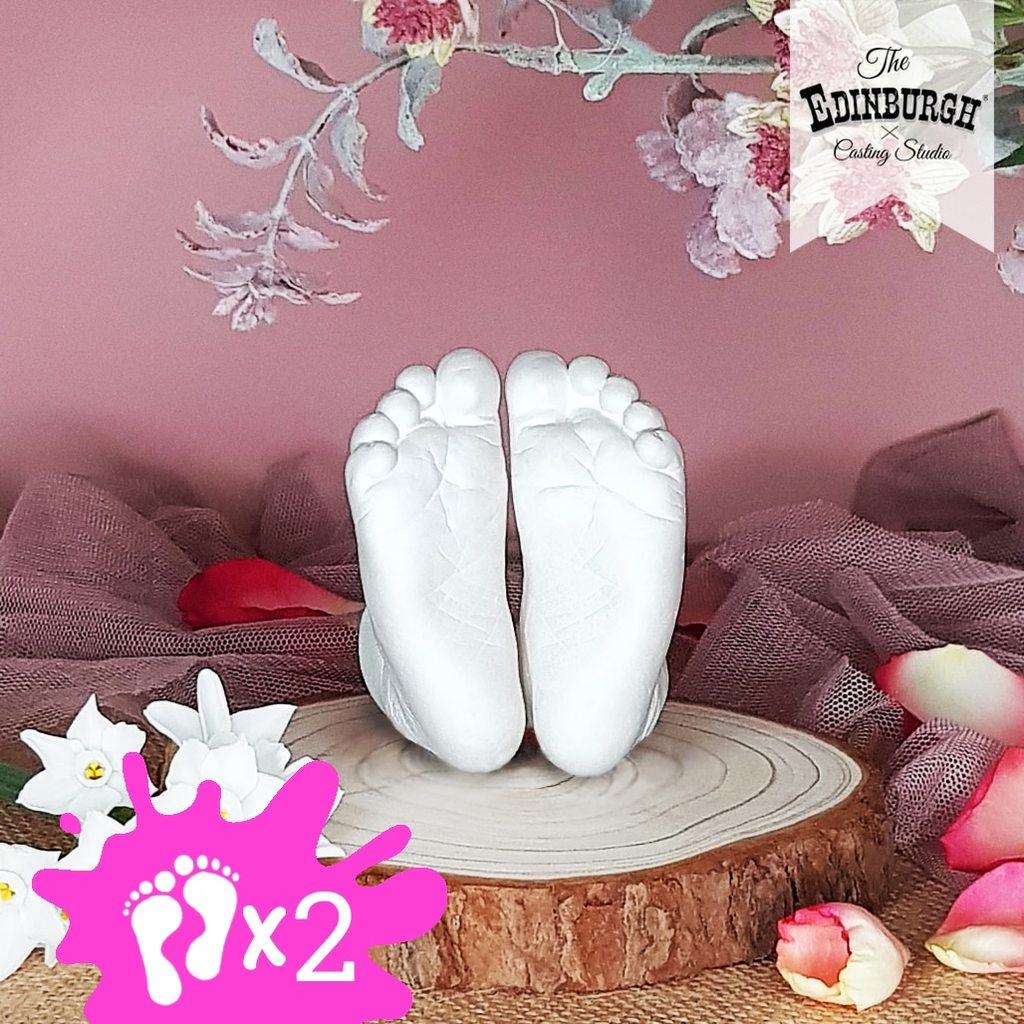How To Keep Babies Warm During Cold Weather This Winter, According To Experts

With the colder weather hitting the UK and the winter months soon upon us, the experts at iCandy, in conjunction with The Lullaby Trust, have shared some practical tips on how to keep your baby warm this winter whilst ensuring they don’t overheat.
Knowing how to keep babies at a comfortable temperature throughout the day and night is essential as temperatures drop in the winter months. However, there’s a careful balance to ensuring that infants are warm enough whilst simultaneously making sure they don’t overheat.
Cameron Appel, Vice CEO at iCandy, commented: “As a parent myself, I know how tricky it can be to ensure your baby is kept cosy but comfortable over the colder months. Young babies can easily overheat and can’t communicate how they’re feeling, so it can be hard to know if they are starting to feel a bit too warm. Keeping an eye on their body temperatures throughout the day is a good way to monitor how they’re doing as you’ll be able to add or take away layers accordingly.”
iCandy’s tips for keeping your baby warm in the cooler months:
Dress your baby in light layers. Dressing your baby in lighter layers instead of thick ones lets you adjust their temperature more easily, whether indoors or out on a walk. This will help keep your baby more comfortable when switching between different environments.
Use lighter layers whilst they sleep. Whilst it’s tempting to want to tuck your baby in for a cosy nap, iCandy recommends using lightweight sheets or blankets instead of thick, fleecy or padded blankets or duvets. This, again, will help prevent your infant from overheating and allow you to add an extra layer of clothing if needed.
Lay them down to sleep in their own space and use the feet-to-foot position. The safest sleep space for a baby is a clear, firm, flat, separate area, like a carrycot, cot, Moses basket, or sleep-approved carrycot – such as the iCandy Peach 7. When they’re in their sleep space, firmly tuck in sheets and blankets (no higher than shoulders) to reduce the risk of your baby’s head becoming covered by loose bedding.
Keep room temperatures between 16-20 degrees. This is the recommended room temperature to help keep your baby at a comfortable temperature. A room thermometer can be a handy tool to keep on hand to help you monitor your baby’s room temperature if you’re unsure of how warm this should feel.
Check their body temperature regularly. Babies’ temperatures can fluctuate a lot during the day, so keeping an eye on how they’re doing is essential to keeping them comfortable. You can quickly check their chest or back to gauge if they feel too cold or warm. To be more precise, you can use a thermometer to see how they’re doing.
Whilst it can be very tempting to bundle up your baby in lots of layers or move their sleeping spaces near heat sources, this can be dangerous, especially for young babies. To help parents keep their babies at a comfortable temperature this winter, iCandy and The Lullaby Trust have also shared their top things to avoid in the coming colder months.
The top things to avoid this winter, according to iCandy and The Lullaby Trust:
Refrain from using hot water bottles. Don’t use hot water bottles in your baby’s sleeping spaces (cribs, cots, modes baskets or adult beds) as they can lead to young children overheating.
Avoid using weighted bedding. Weighted swaddles, blankets and sleeping bags are not recommended for babies under one year old due to a higher risk of overheating and head covering.
Don’t put babies down to sleep in hats, hoods or outdoor clothing. Babies lose heat through their heads, so remove any hats or hoods once indoors (or if travelling in the car) so they don’t get too hot. All outdoor clothing should also be removed if your baby is sleeping indoors or travelling in the car to prevent overheating.
Never place your baby’s sleeping space next to a radiator or heat source. Babies can overheat if they’re too close to radiators or portable heaters, as they can’t move away from the heat source. It’s, therefore, best to ensure they’re not positioned too close to direct heat at any time.
Cameron adds, “It’s important to keep an eye on your baby’s temperature and, whilst each child is different, checking the chest or back to make sure they don’t feel clammy or sweaty to touch is a good way to see if they’re too warm. If they are feeling too hot you should remove a layer of bedding or clothing. If you’re unsure at any point, it’s always best to seek medical advice – it’s better to be safe rather than sorry”




